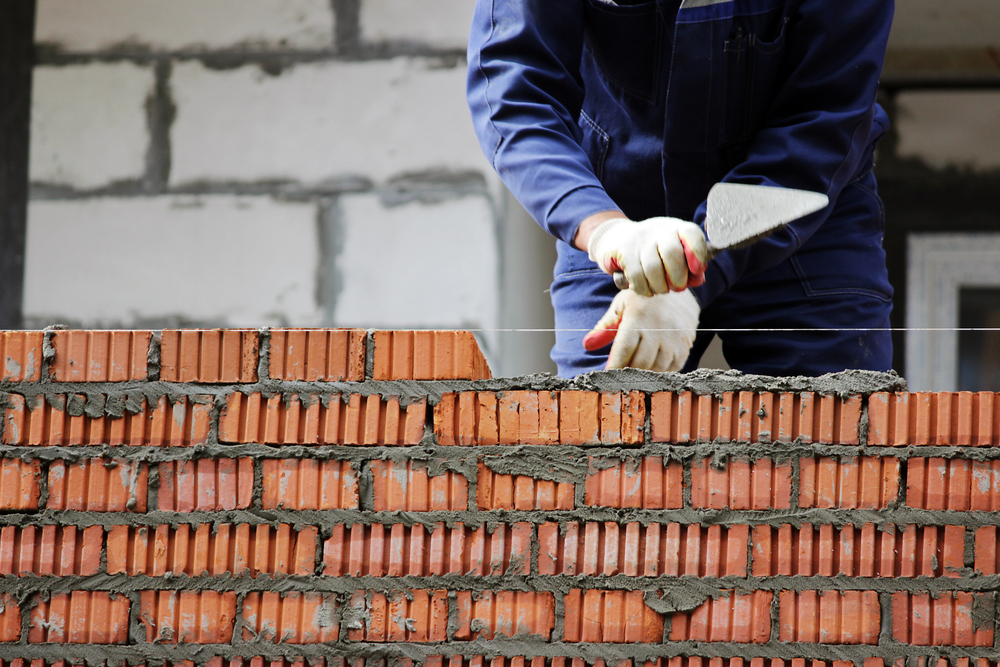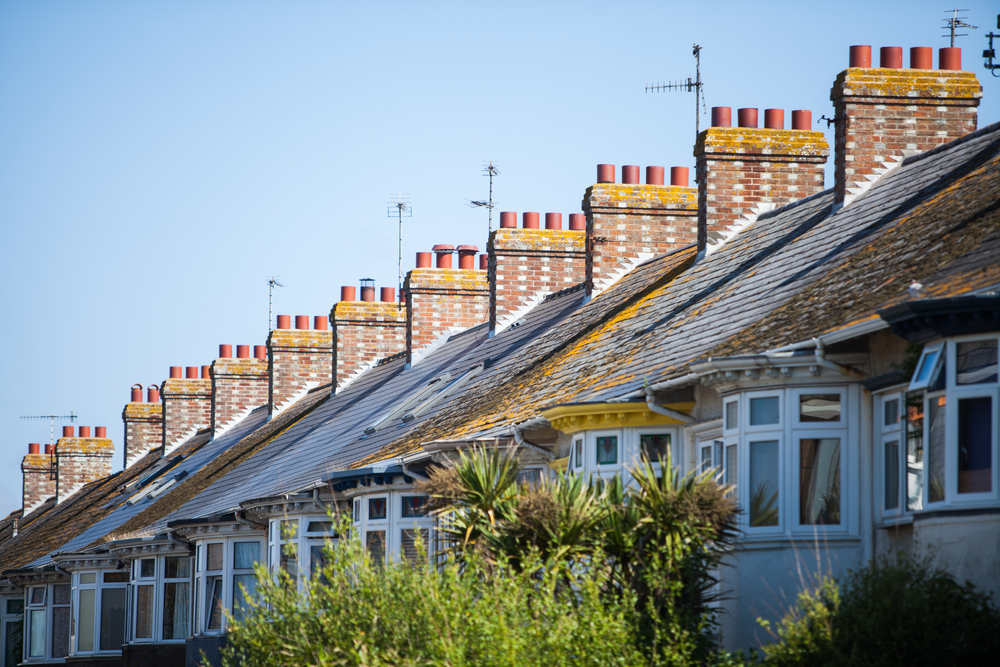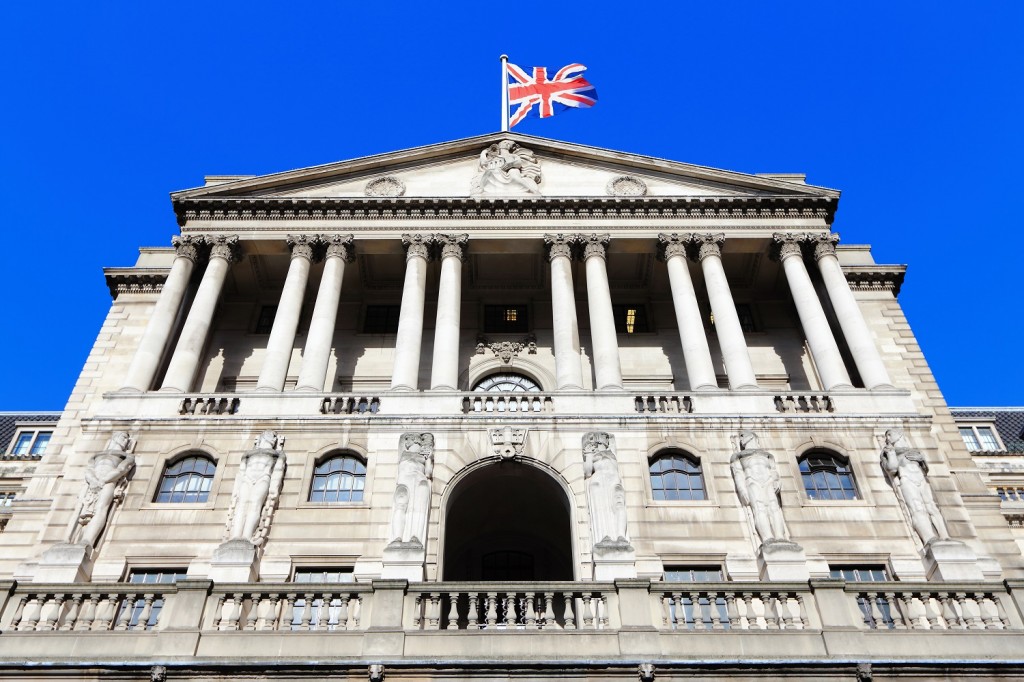
The data found that the decrease in monthly construction output in April came from a fall in repair and maintenance (2.4%), which was offset slightly by a rise in new work (0.9%).
ONS explains that the fall is partly a by-product of the growth (3.0%) the previous month in March, because of the demand caused by the repair work experienced from storms Dudley, Eunice and Franklin in February.
The main contributors to the decline were private housing repair and maintenance, and private commercial new work, which decreased by 6.5% and 3.8%, respectively.
Despite the monthly fall, ONS data found that the level of construction output in April was 3.3% (£481m) above the February 2020 pre-Covid level.
New work was 0.7% (£68m) below, while repair and maintenance work was 11.0% (£549m) above.
Since the decline at the start of the pandemic, data shows that recovery to date is mixed at a sector level, with infrastructure 35.6% (£669m) above and private commercial 27.2% (£676m) below their respective February 2020 levels compared to April this year.
Despite the monthly decrease, construction output increased 2.9% in the three months to April 2022, representing the sixth consecutive growth in the three-month on three-month series, with increases of 2.2% in new work and 4.0% in repair and maintenance.
McBains managing director of property and construction consultancy Clive Docwra says:
“After a strong increase in output in March, today’s figures serve as a reminder that recovery in the construction sector is still subject to dips.”
“Work as a result from the storms earlier this year had propped up growth in February and March and masked that the industry is still struggling in the face of continuing pressures including rising inflation, the high cost of building materials and uncertainty as a consequence of the war in Ukraine.”
“It means the recovery is based on fragile foundations. Private commercial new work, for example, decreased by 3.8% in April and confidence among some developers remains low with the likelihood of further interest rate rises leading to a pause on some significant investments,” Docwra adds.



